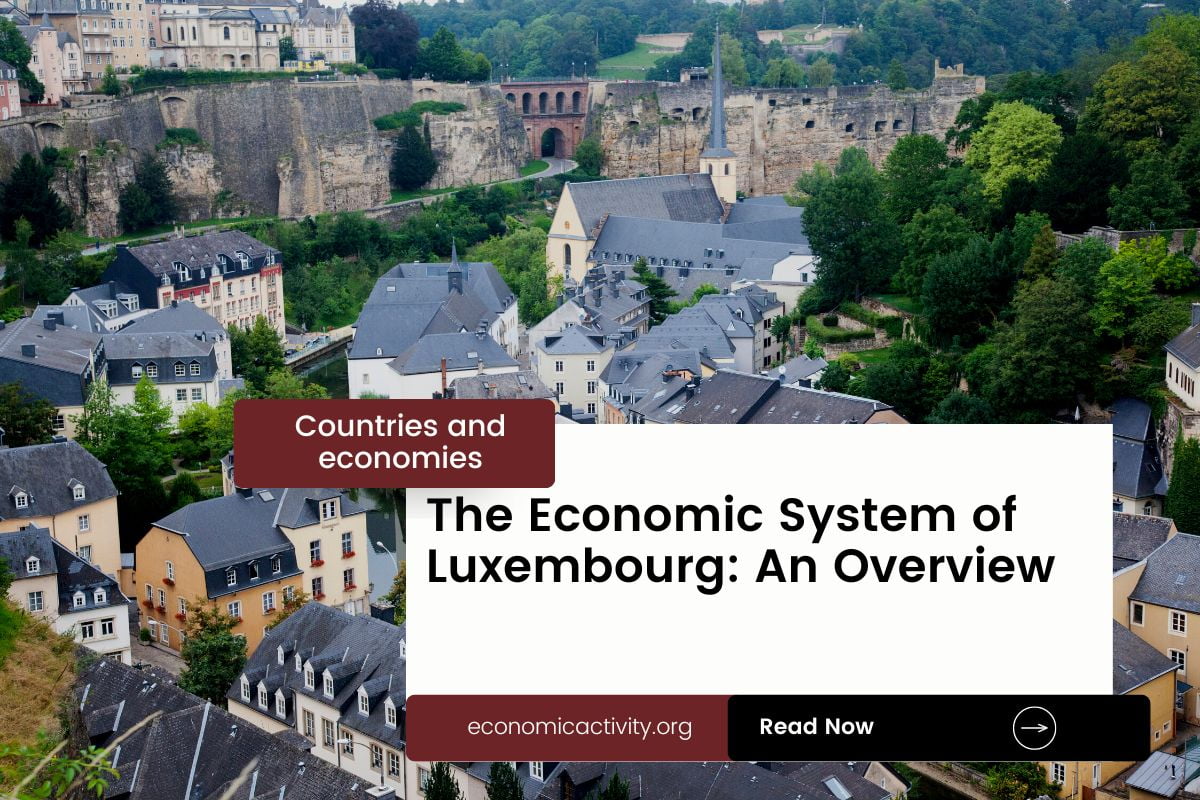What is the economic system of Luxembourg? The economy of Luxembourg is based on a mixed economy, that resembles a market economy. The country’s economic system combines elements of a market economy and a planned economy, individuals are free to work, produce, consume, and invest in any way they please.
Luxembourg has a highly developed and diversified economy, with a focus on finance, steel, and technology. It is a major center for private banking and investment funds.
In Luxembourg, the economy is composed of a private sector, consisting of individuals and businesses that make autonomous decisions based on self-interest, and a public sector, where the state determines the production and distribution of certain goods and services. No country is purely capitalist or purely communist.
What do the freedom indexes tell about the economic system of Luxembourg?
Now, to determine if a country is mostly a market economy or a planned economy, it is useful to examine some economic indexes. For instance, according to the 2022 Index of Economic Freedom, which measures the ability of every human to control his own labor and property, Luxembourg is ranked 5th globally and 3rd in Europe indicating that the country has a free economy.
In a similar way, the 2022 Freedom House index evaluates the state of political rights and civil liberties globally. Generally, market economies tend to align more with democracy and freedom, while command economies tend to be characterized by greater state control and fewer democratic and civil liberty protections. Luxembourg gets a score of 97/100, which qualifies it as Free.
Luxembourg is a country where the government does not control what people do for political reasons, and people have the freedom to choose (what, how much, and how to produce, whether to buy or not, selling price, etc.)
The Link Between Public Sector Employment and the Economic System of Luxembourg
An indicator of the extent to which the State is involved in the economy is the number of public sector employees. In Luxembourg, according to ILOSTAT, the number of public sector employees as a percentage of the total workforce is 11.7% (2018).In the country, the public sector tends to be small and efficient. As a result, the number of public sector employees as a percentage of the total workforce is low compared to other countries.
Luxembourg’s private sector industries include banking, finance, and insurance, while public industries include healthcare, education, and transportation.
Top 10 Biggest companies by revenue in Luxembourg (2023 data)
The historical factors that have influenced the economic system of Luxembourg
The current mixed economy system of Luxembourg is the result of the country’s strong economic growth, its open market policies, and its commitment to social welfare.
The country’s economic growth was driven by its strong industrial base, its strategic location, and its access to capital markets. Its open market policies allowed for the free flow of goods and services, while its commitment to social welfare provided a safety net for its citizens.
These factors combined to create a strong and stable mixed economy.





Leave a Reply